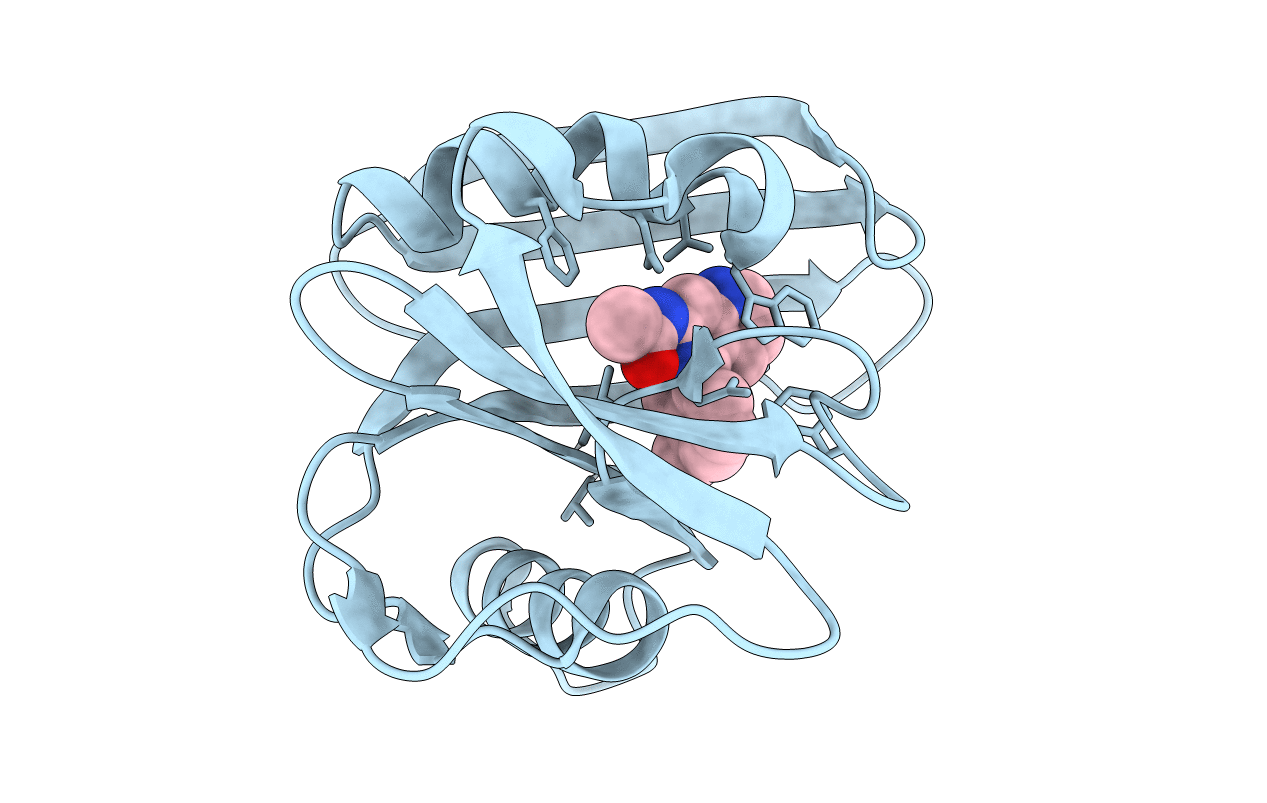
Deposition Date
2019-10-24
Release Date
2020-04-01
Last Version Date
2023-10-11
Method Details:
Experimental Method:
Resolution:
1.80 Å
R-Value Free:
0.23
R-Value Work:
0.17
R-Value Observed:
0.18
Space Group:
P 2 21 21


